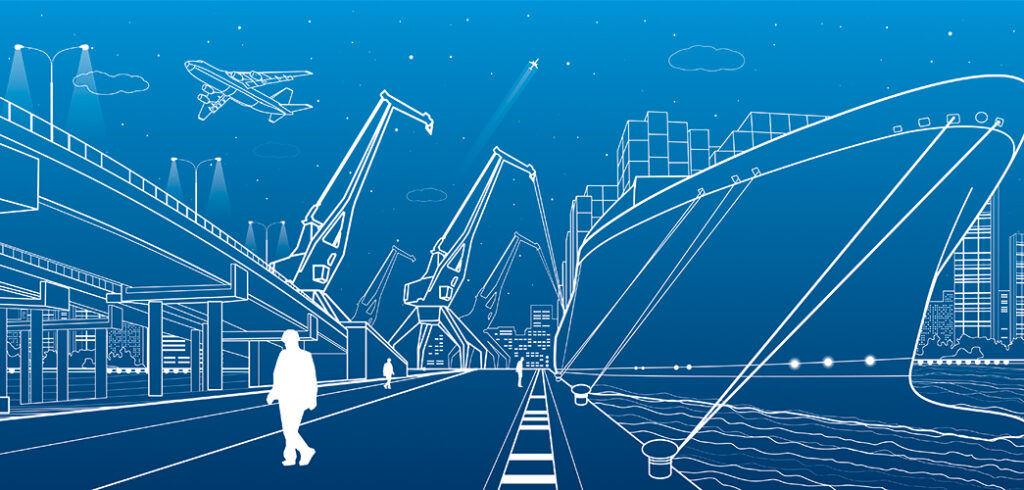Hottinger Brüel & Kjær has launched the latest version of its Tescia software, with what it says are enhanced features to help users achieve greater efficiency through time-saving functionality.
The system provides a means of capturing critical data in vibration, acoustics and monitoring applications. To enable automated conditioning monitoring of tasks on test floors, rotating machinery and sensitive machinery, Tescia now supports reference profiles, so the user can define – from simple to very complex – levels at every frequency, allowing the system to detect and trigger on profile exceedances.
For long test runs or condition monitoring of – for example – propulsion systems, a recorder has been introduced, allowing users to record key metrics such as overall, band-pass, spectral lines and order values. This reduces the need for time consuming post analysis tasks, and metric data can be directly imported into HBK’s BK Connect software.
HBK notes that for larger multichannel test campaigns, the volume of recorded data can be overwhelming. To combat this, a real-time data conversion and archiving functionality now provides the ability to convert and archive data during the test campaign.
Furthermore, adding data processor licenses provides extra real-time analysis capability and monitoring, making it possible to increase the number of test participants. This enables multiple engineers to engage in test sessions, on multiple independent analysis seats without interfering with the recording. These seats can operate in real time, completely autonomously, either locally, connected to the same network as the acquisition system, or remotely. Each Data Processor has the same analysis capabilities as the main data acquisition system and local configurations can be saved, then reused later.


